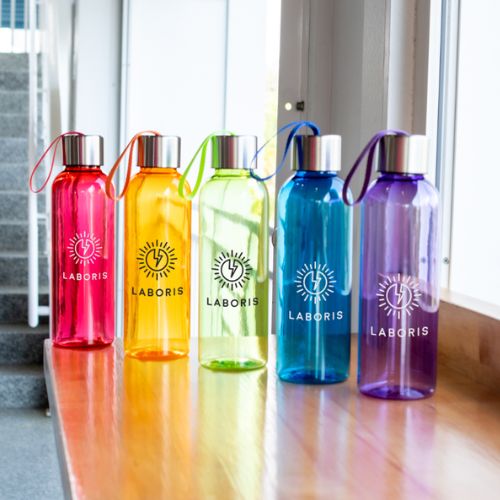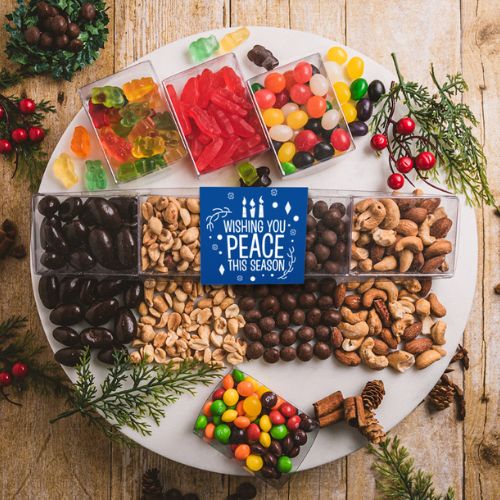Pantone
What is Pantone?
We've all probably heard the term Pantone before, but what exactly is Pantone? And why does it play such a crucial role in the printing industry? Pantone is a color system that is very widely used in the graphics and printing industries. It was introduced in 1963 and consists of an extensive range of standardized colors, each of which has a unique number and designation and can therefore be assigned at any time. The Pantone color system is particularly useful when it comes to specifying colors for printing, as it ensures colors are consistent across different printers and printing processes. Since each Pantone color has its own number, information about a specific color can also be exchanged internationally.
What is a Pantone value?
The Pantone color system consists of 14 basic colors. Mixed with a large number of different color components, these represent the other colors of the Pantone system. This creates an infinite number of possible colors. So that these can be clearly assigned, each color contains a unique number and different digits that represent the color. The letter C, U or M is usually found after the numbers. These letters represent the type of paper on which the colors are to be printed. These are: gloss coated (C = coated), uncoated (U = uncoated) and matt coated (M = matte). Even if the same ink recipe is used for printing, the appearance of a color can differ depending on the type of paper or material.
What is the difference between CMYK, RGB and Pantone?
Various color systems have been established in the printing industry so that colors can be defined precisely. Each system has its own characteristics and is used for specific purposes:
- CMYK: CMYK is probably what you hear most often. CMYK stands for Cyan, Magenta, Yellow, Key (Black). The color system is based on the idea that almost any color can be created by combining cyan, magenta and yellow. The CMYK color system is primarily used to reproduce images and text on magazines, catalogs, brochures and flyers. In addition, the color codes are also used in the production of packaging, labels and advertising posters.
- RGB: RGB stands for Red, Green, Blue. It is a color system primarily used in digital applications such as computer screens, televisions, mobile phones and other electronic devices.
- Pantone: Used primarily in the printing industry, Pantone offers a wide range of colors specially formulated to be accurately reproduced in print production. Each color is identified by a specific and unique number that can be used in production to get the most accurate color accuracy possible.
When exactly do you use Pantone?
The Pantone color system is particularly helpful in the production of printed items and textiles, so that communication about color matching is significantly simplified. The desired color can only be clearly identified when a Pantone value is specified. The color code eliminates errors caused by subjective color perception, such as on computer screens or smartphones. In addition to the textile industry, the Pantone color system is primarily used in the printing and graphics industry. The specification of a Pantone color always depends on the printing technique used. A matching system is not always required. In the case of textile printing, for example, the Pantone color codes are primarily used in screen printing. The reason for this is that screen printing can achieve extremely high color accuracy. This is particularly important for companies when it comes to logo printing and the promotional product world.
When are Pantone color codes used for promotional items?
If you have promotional items printed, you often have to specify at least one Pantone color when uploading your print file. Only then will the printers know which coloring you want for your print motif. However, this is not the case with all printing techniques. If the finishing involves embroidery, doming, engraving, 4C digital printing, transfer printing or sublimation printing, no color code is required. Uploading your print file is sufficient here, as exact color matching is not possible with these printing techniques. Depending on the printing technique, several colors can also be used for printing. With the help of our Pantone color finder you can find any color and have your desired color converted into different color codes.






